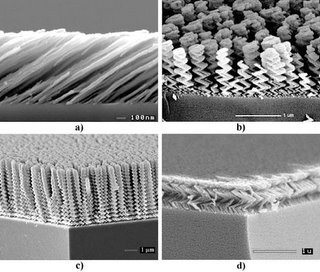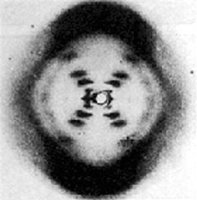Good Habits for Yield Improvement EngineeringList in no Particular Priority
( ie this is NOT your Mother's Yield Solutions Overkill )
1]
GATHER INFO - Anecdotes, Data, listen to opinions[every last one till you are bored 5x over, even from the 2nd shift operator], observe and dig, till your fingernails are ragged bare.
2]
MAKE NO JUDGEMENTS YET - be a good, even great listener
3] Do not hew to unsubstantiated preconceived ideas YET, no matter who says it ( same as 2])
4]
MAKE LISTS ( bigger the better & then prioritize ) - some call 'em Fishbone.
The former Director of Hitachi Central R&D labs, kept his low yield hypothesis list, on a single 3x5 unlined index card - as a dense list of brainstorms and corresponding hoped for tests of validity. Fishbone diagrams per se, are often merely tools for the inexperienced, and those too stiff to really brainstorm enjoyably.
It is the list writing and reflections thereupon continually - that matters and something of character - leave no stone unturned, as you never know what the cause is, until proven by a working process FIX.
I'd make the same case for over obsessing about Xbar R, process trend charts - the most important thing is to use them, not obsess about the numbers, but to look at the trend data continually and skeptically as to "your process' stability", and check potential root causes. Xbar R is a window into the soul of your processes and read it carefully.
5]
View everything with a healthy dose of skepticism, not cynically, but
ANALYTICALLY.
My best Fab Wide yield fix (+20% increase, to return a showcase bleeding tech - crashing fab to "normal yield") occurred in spite of "substantiating" data indicating the REAL SOURCE of yield loss - was "purportedly guilt free".
EVEN numerically correct experiment analyses, can lead to making WRONG conclusions.
A T-Test "proved" innocence, BUT a MINOR REALITY CHECK INTRUDED - the experiment design did not account for a critical process integration matter which rendered the T-Test results INVALID as interpreted.
TRUST BUT VERIFY, not to be mean to others, but to UNDERSTAND the experiment, data and purported conclusions.
EVERYTHING HAS CONTEXT, and context has bounds or limits to interpretation.
6]
DO LITERATURE SEARCHES when you are in need of fresh ideas - not some trite 1 marquee article and call it a day. READ dammit.
7]
CALL VENDOR APPLICATIONS EXPERT"S", and drill down through organizations until you get what you really need, not to feebly fob it off as "the sales guy did not know".
Expert knowledge comes from experts, and the best help is often free, if you take the time to actually persue it with sufficient vigor.
And to really mess with you mind, once you have the expert opinion, sometimes do the opposite (not exclusively) since this might merely be conventional wisdom of an expert, but listen carefully just the same.
8]
Mull all this data over, think,
pick your best shot from your list of hypotheses, and
run experiment (s) testing your hypothesis' validity.
Pass - collect the accolades.
Fail, go to the next best candidate on your working list.
Repeat as necesssary until you find the real solution, or give up prematurely, stumped in your quest ( hopefully it does not come to this ).
9]
CHARACTER MATTERS, try your darndest, and search after real root causes with persistence and dogged determination.
Be your own best critic, not to be despondent when things don't work out as hoped for, but to be true to yourself first.
My own motto when faced with the seemingly daunting insurmountable task was "you can't hit a home run unless you first swing the bat" ( and I have plenty of strikeouts under my belt).
Don't pay attention to others' misconceptions, and browbeating, nor nitpicking, focus on the task at hand, like a horse with blinders on.
Swing the bat regularly with good intentions, and you will develop great problem solving skills (harder than R&D / inventing BTW)
and finally .....
10]
NEVER GET YOUR CUSTOMERS DRUNK, to convince them to pay their bills.
One yield consultancy - quite prestigous, in the course of an interview, I asked - "How often do fab yield improvement customers not choose to pay?" and the response was "pretty frequently that they fail to belly up and pay their debts..."
So I then asked - "how do you get your customers to pay up when they refuse?" and the youthful hiring manager responded "I take the customers' managers out to dinner and gets them plastered enough to sign on the dotted line of their contract, while thoroughly soused".
Sad, and not quite ethical, despite the pedigree of the well known firm.
wendmannanotechnanonanotechnologymicrofabricationnanofabricationyield+improvementLow+Yield+AnalysisLYAmanufacturingproblem solvingintelmotorolacray+researchnational+semiconductorblack+beltmethodicalblack belt6+sigmaSix+sigmaSPCStatistical+Process+Controlfishbonetrust+but+verifypersistentprocessmicrofabrication+process

































